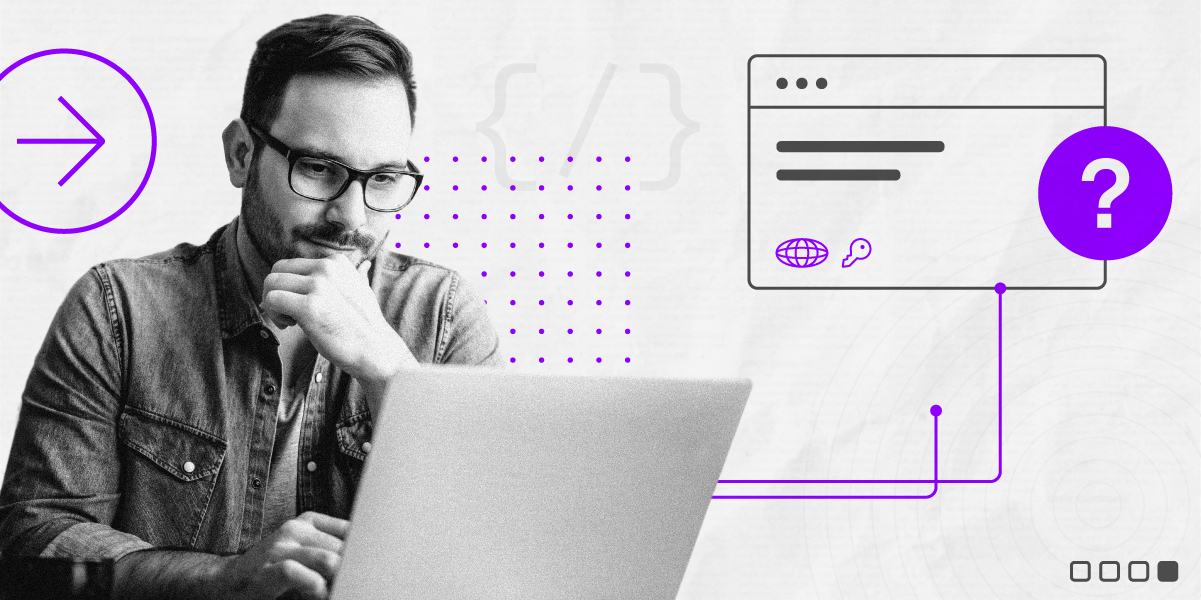The FCC’s new proposal for Net Neutrality rules include effectively abolishing it: proposing preferential treatment for certain traffic. In the wake of February’s Netflix and Comcast deal, it becomes obvious that only companies willing to pay for access have traffic worthy of preferential treatment. The open Internet has been paywalled shut.
How did we get here?
The FCC’s proposed path for Net Neutrality is a response to a profound shift in how our everyday Internet is now used every day. Our Internet architecture, inherited from the 1960s, was designed during a different era to address a different problem: sharing resources and moving text around between a few users. Today, this framework must move video, photo streams, and massive data sets — among 30 billion devices.
Because our Internet is destination-based, it relies on identified users and destinations. And as it has evolved into a vast content network, it increasingly presents ISPs and regulators with a great temptation: to easily identify and interfere with known heavy bandwidth users, like streaming video.
Photo and video represents the future of our everyday digital lives as rich media experiences. We’ve designed content for the Internet. But we didn’t design the Internet for content.
Building an Internet for content
The open Internet ushered in an era of sweeping social change. It democratized information and commerce. It triggered GDP growth; a rising standard of living. And it marked an age of nearly unprecedented innovation. We may never see anything like it again, if lawmakers have anything to do with it.
This is by its very definition discrimination. And it’s not abstract; bits or bytes. In a world where we speak in shared photos and video streams, to bias traffic is to bar free speech. In a world where Internet access is fundamental to enterprise and invention, to bias traffic is to effectively end innovation. The stakes are this high. We are short changing-future generations.
We have fundamentally wronged the Internet. But also, for a decade now: we were doing it wrong. The FCC is regulating what code did not. The architecture of the Internet is not built for 21st century content consumption. And now we are paying the price.
Can we re-architecture the web for equality?
Many smart researchers are already thinking about this problem. Broadly speaking, this re-imagined Internet is often called Content Centric Networking. The closest working example we have to a Content Centric Network today is BitTorrent. What if heavy bandwidth users, say, Netflix, for example, worked more like BitTorrent?
If they did, each stream — each piece of content — would have a unique address, and would be streamed peer-to-peer. That means that Netflix traffic would no longer be coming from one or two places that are easy to block. Instead, it would be coming from everywhere, all at once; from addresses that were not easily identified as Netflix addresses — from addresses all across the Internet.
To the ISP, they are simply zeroes and ones.
All equal.
As we know from experience, it’s not so easy to block or censor a Content Centric Network. Historically, attacks from ISPs seeking to spoof the BitTorrent protocol have been easily solved with encryption, assuming an ISP wanted to take such steps of manipulating traffic on their network.
Furthermore, in peer-to-peer systems, each consumer is also a producer. They are, in theory, symmetric. That means that the resulting traffic on the peering links that still must carry the content should be nearly symmetric as well. And that is the economic foundation for settlement free peering: a situation where it’s in each party’s interest to directly connect.
Making video services peer-to-peer is a manageable step. BitTorrent technology today delivers orders of magnitude more content for a fraction of the cost. And with innovations like BitTorrent’s Micro Transport Protocol, or uTP, a transport protocol that is designed to ease congestion, this would be some of the friendliest traffic on the Internet. It could work.
This is just a start, and BitTorrent is but the first glimmer of what it could mean. A more fully formed Content Centric Network is an area of considerable research that, once realized, should take us well beyond these working examples; towards the Internet we deserve: an Internet of What, not an Internet of Where, and not an Internet of Who.
Decentralized technology could reintroduce equality into the post-neutral web; solving what regulation will not.
Caching content could eliminate the need for bias, by reducing congestion
April 24th’s proposal is also a state of the union on Internet nation. Our pipes weren’t built for the Internet of Things. Preferential traffic is presented as a response to congestion, but it looks more like a response to greed. Because congestion is also something that could be solved with technology.
Caching content is one way to improve the efficiency of delivery. It seems logical that delivering one copy of the content to a cache inside the ISP network would alleviate a large amount of congestion currently being experienced at the peering links.
We could cache content at the very edge of the network, inside a living room, or on a mobile device. Content cached here could be delivered off peak, when the network is under-utilized.
For example, it could be cached at 4am, instead of 9pm, when everyone wants to use the network. Furthermore, that content could be improved versions of the same, including very high quality 1080p or even 4k content. This content could then be viewed without the slightest buffering event.
Good for the network, good for consumers, and presumably good for the web’s platforms as well.
Sounds easy, right? And who wouldn’t want a high quality Internet experience that “just works”?
A more likely scenario can be found in what the FCC has already allowed in cable.
The economics of our cable bill will be familiar to all; with rates rising faster than inflation. And now that cable essentially equals Internet access, why should we expect anything other than a fully compliant regulator engineering the same preferential economics? Only this time it is something far more fundamental to our future than 400 channels of nothing on.



